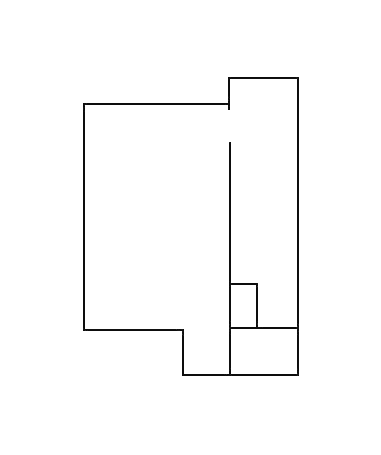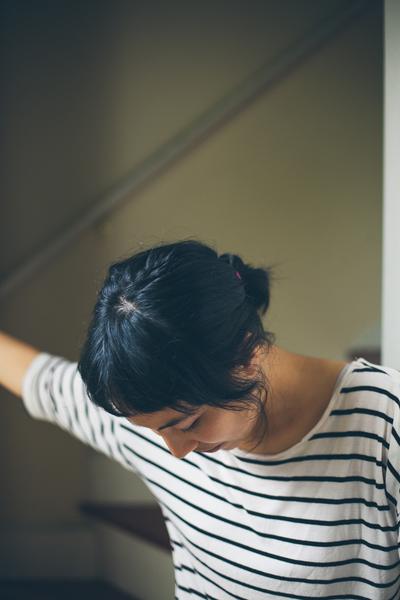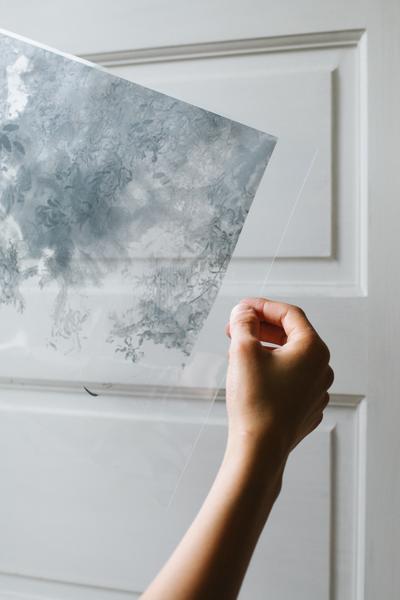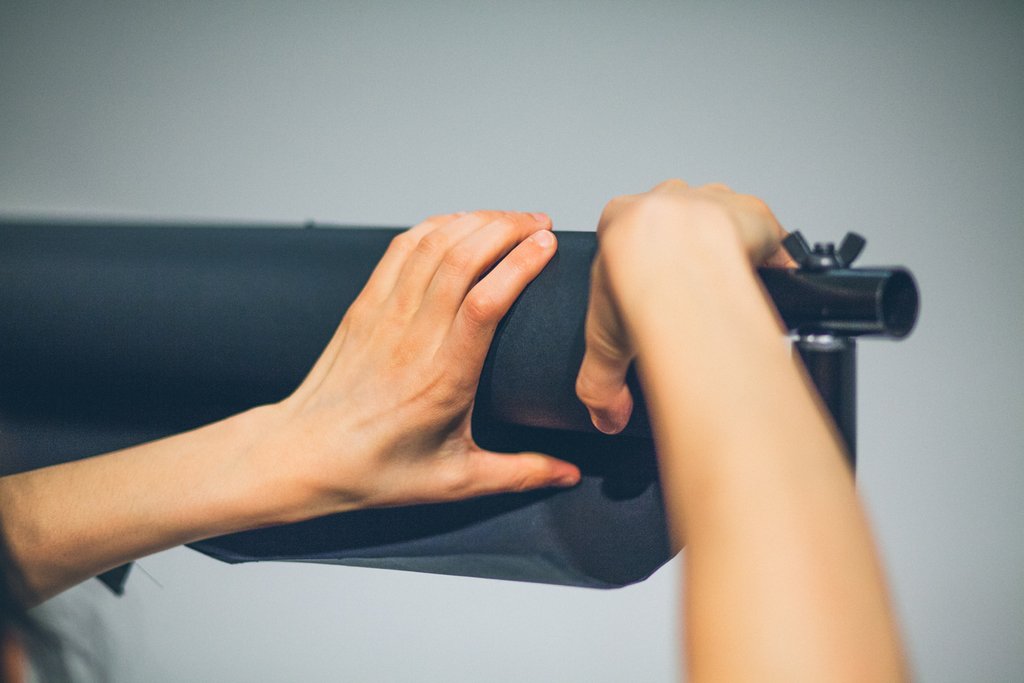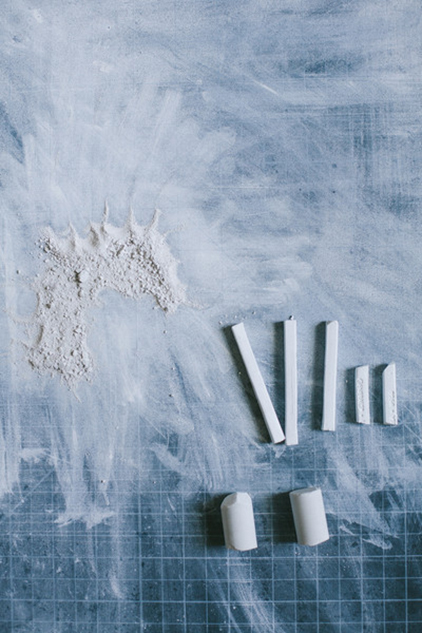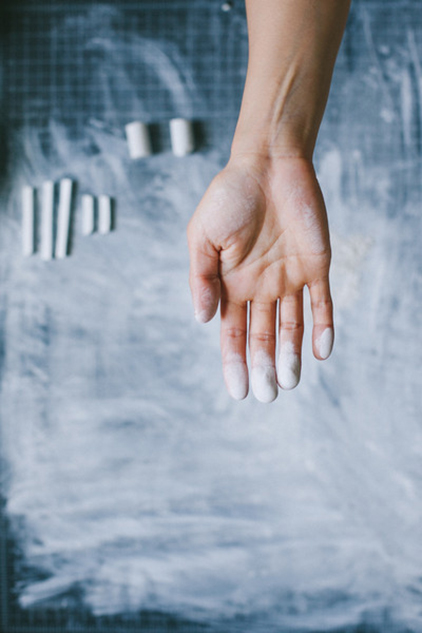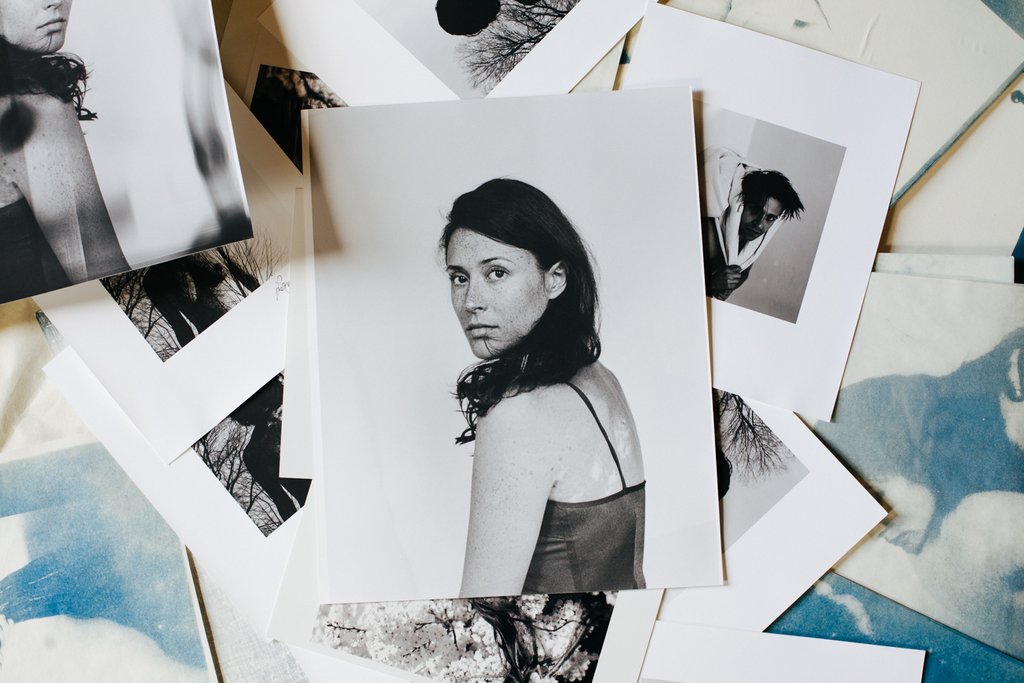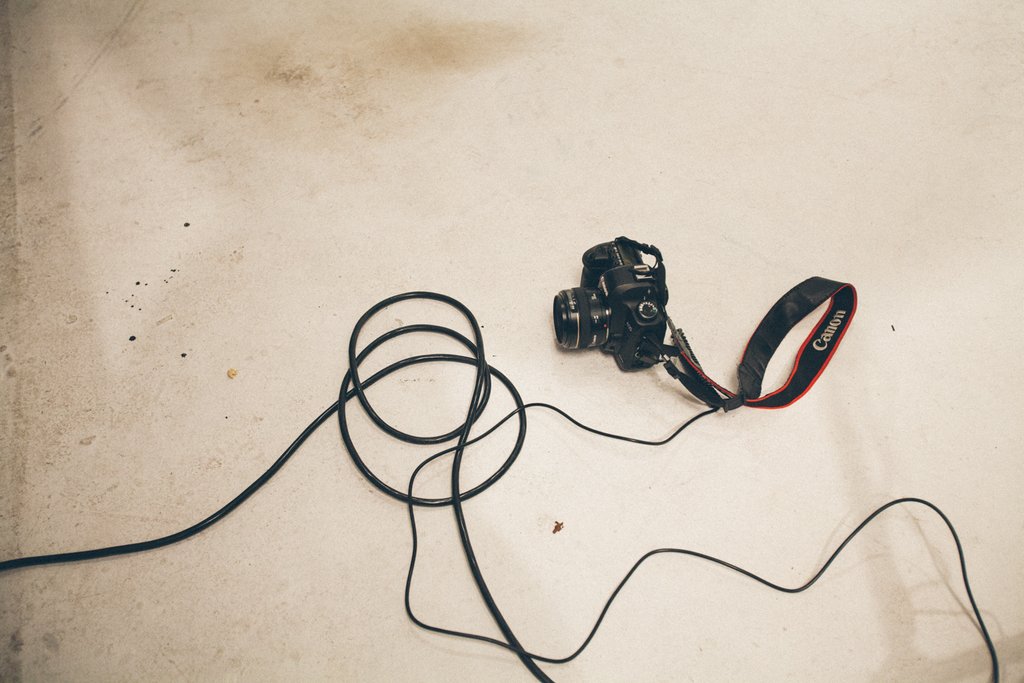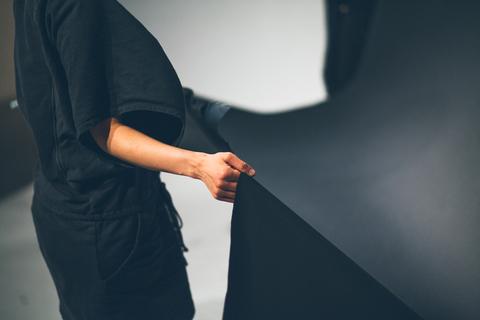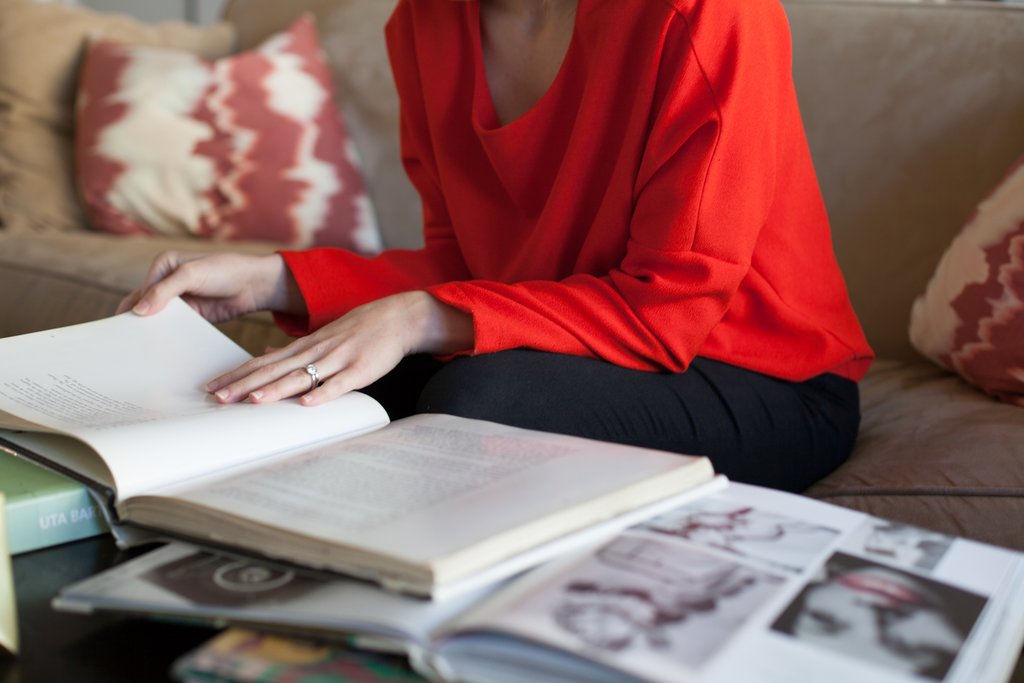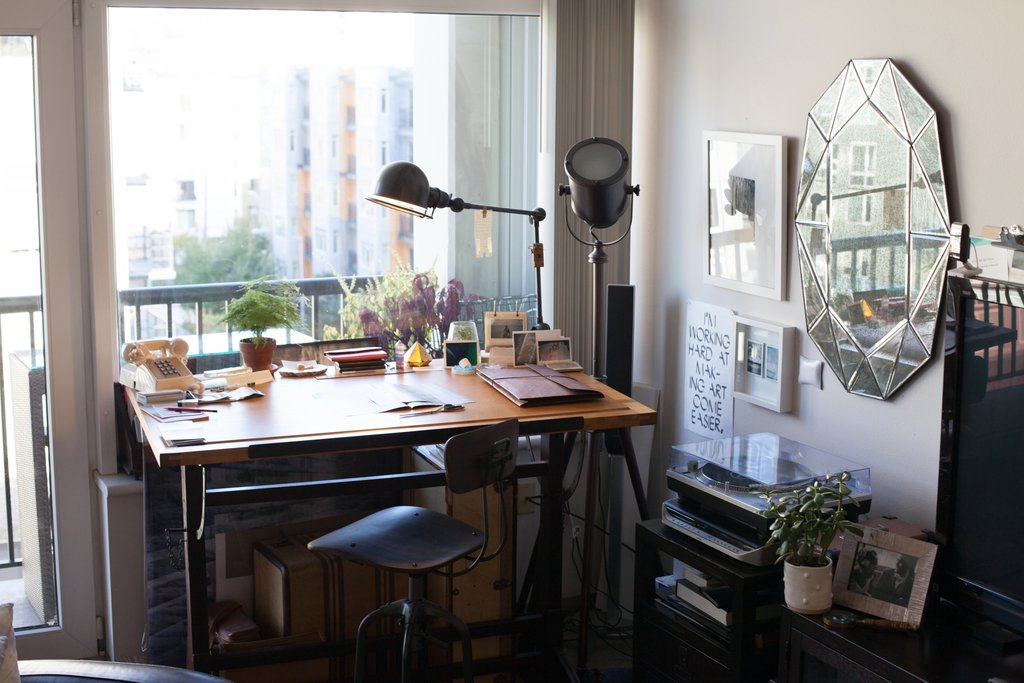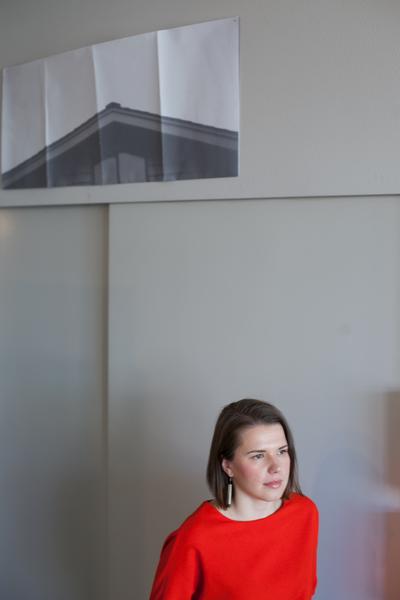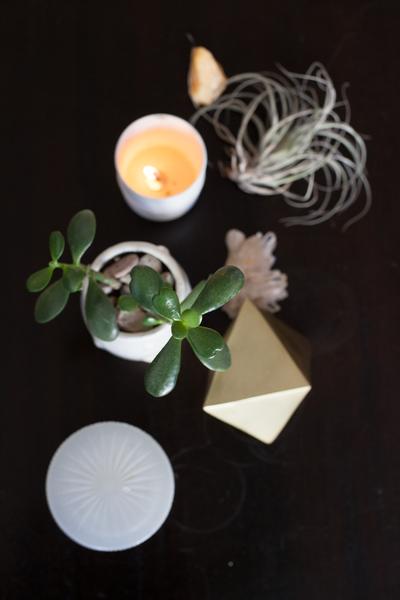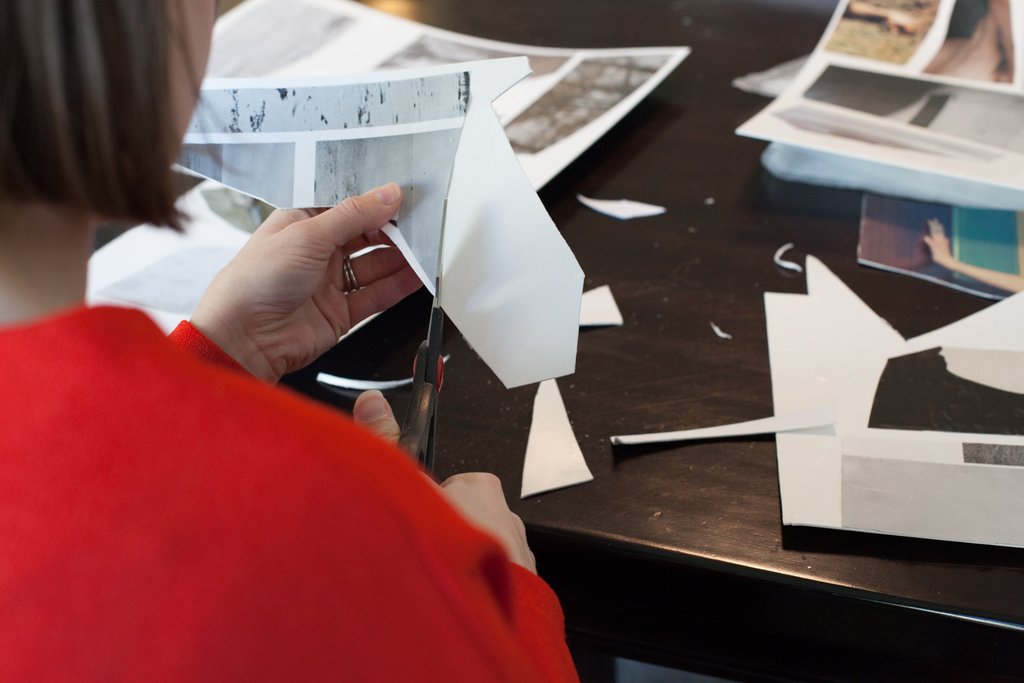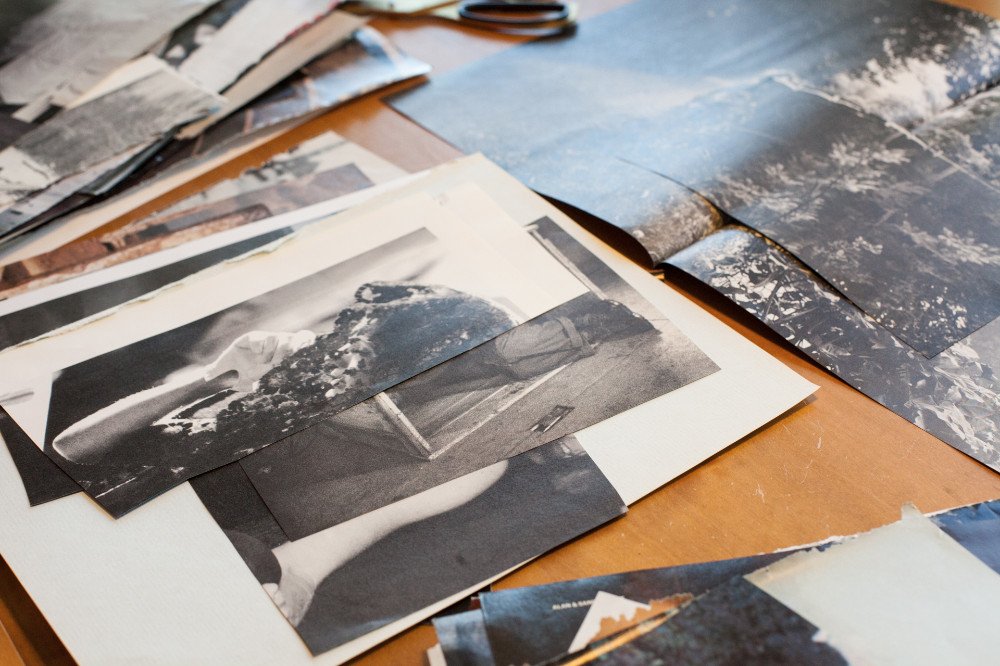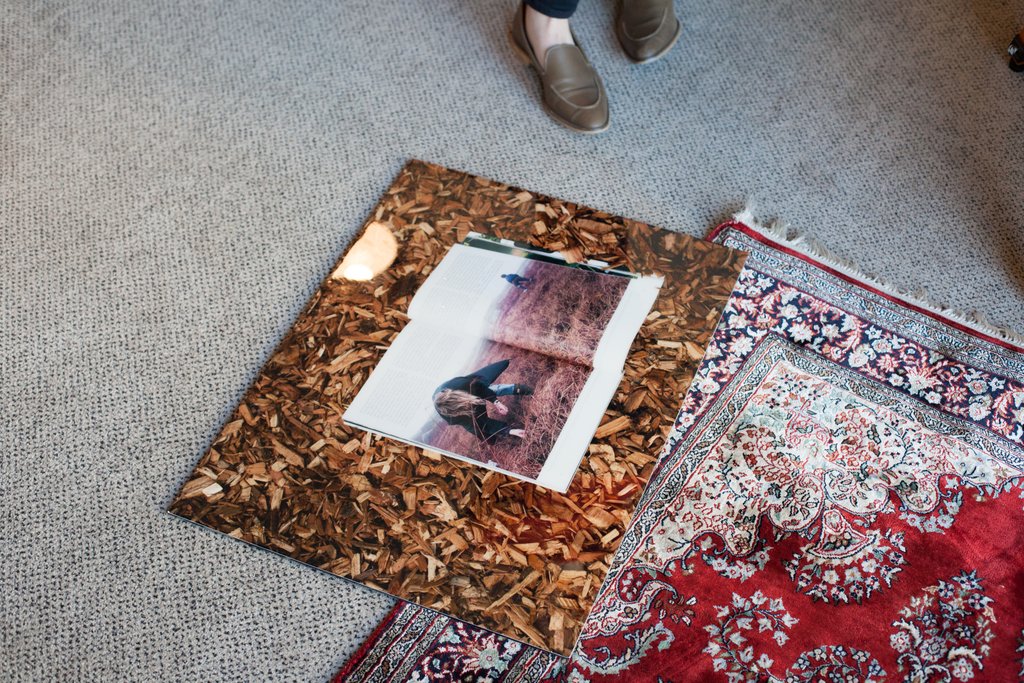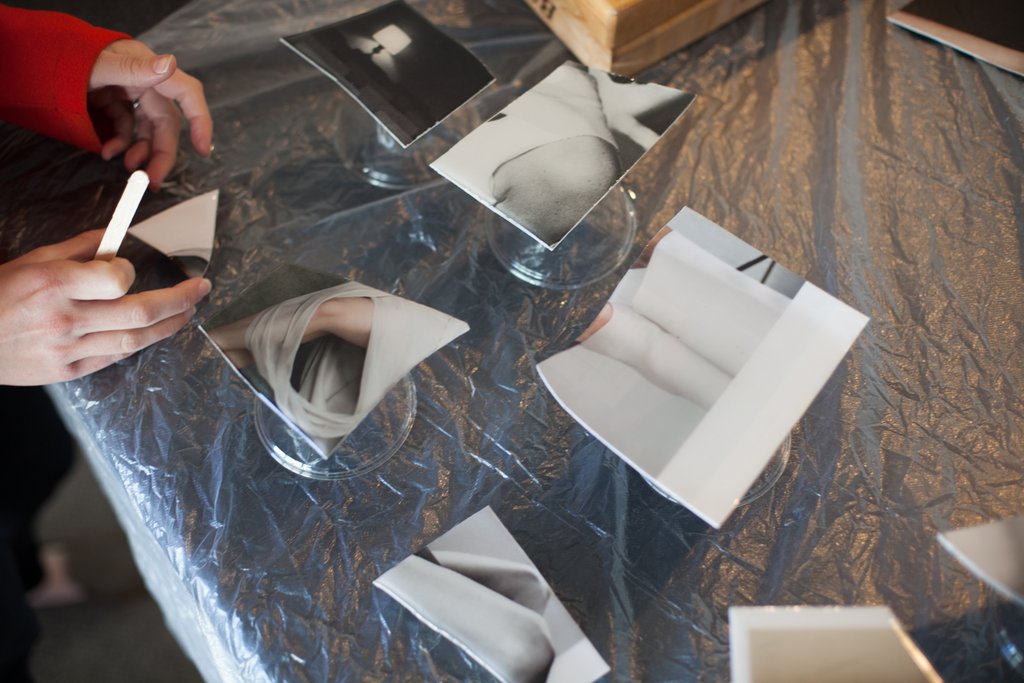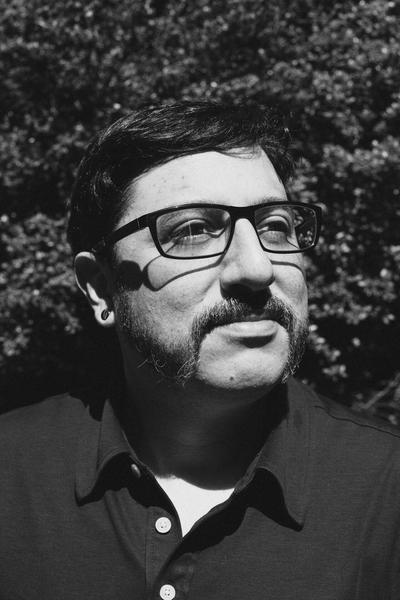AD: I have been going to art galleries and concerts since I moved to Seattle in 1998. In 2012 I took a very special class at the Victor Hugo House called Writing the City. It was taught by Charles Mudede. In that class I met Amanda Manitach. Via Amanda I have met so many great artist in the Seattle area. Last year I volunteered with Crystal Barbre and Kyle Abernethy at the Art Lair in Belltown. My goal was to create a presence for growth in their community. It was an experiment that attempted to help students process what came up for them emotionally as they faced the challenges of learning to draw and paint. Art is not just a skill. Art in many ways is what allows us to connect with each other and ourselves. Having help processing these connections can be such an empowering experience.
When a new client comes into my office I always mention in the first session that my goal is to help liberate them to become more fully who they want to be. This is the gift that art has given me. Art allows me the space to more fully be myself and connect with others who are pushing beyond the preconditioned perspectives that bombard us daily. I was raised in a very fundamental christian home in Kentucky. I can not remember a time in my life when I did not know that we were to give 10% of our financial income to the church. While I no longer ascribe to religion, I have taken a powerful lesson in giving. The way that lesson translates into my life today is through supporting local artists by purchasing their work. I often think of the Smurf society. Aside from the totally bizarre gender issues going on there, I love how everyone can do what they do in society and it is cool. Like Artist Smurf. He just gets to make art. And that is it! No one expects him to do any more or less. Nowadays most artists in the city have to try to find a way to make art and survive living in ever increasing expensive society. Bottom line: Support your local artists. And do it regularly. Build it into your budget like you had one. As way of inspiration here are some of the artists I currently have works up in my home: Amanda Manitach, Crystal Barbre, Monica Rochester, Amanda Prince, Siolo Thompson, Jay Mason, Laurel Dodge, Almendra Sandoval, Kerry Confer and Maysun Dawahare.
SS: How does art interact with your every day?
AD: Art is vital to my survival and growth. I may be able to continue to breathe without art, but what would be the point?
SS: What is it about visual art that intrigues you and fuels you in life?
AD: Visual art allows me to stretch my consciousness. It takes me beyond the default norms my mind settles into. Visual art is a powerful expression of imagination. Imagination is key to psychological healing. To see beyond that which entraps our vision. Art is expression and experience. Visual art can either suddenly or subtly draw the viewer both into and out of themselves.
SS: Do you have any galleries, museums, site specific installations, sculptures, spaces in and outside of Seattle that you are inspired by which you like to frequent?
AD: As for local galleries I love what Sharon Arnold has done with LengthxWidthxHeight and now Roq La Rue. I also am really into what Tariqa Waters has going on with Martyr Sauce by Occidental Park in Pioneer Square. Both of these curators own themselves and their perspective in such a powerful and beautiful way.
SS: Have any artists currently or in history impacted your life either directly or indirectly?
AD: Growing up I was primarily exposed to internationally known artist. The first two painters I fell in love with were Georgia O’Keefe and Vincent Van Gogh. O’Keefe seduced me with her sensual expressions of nature while Van Gogh was the first painter to engage the tormented soul of my youth. His willingness to cut off his ear and the fact that he was not popular at all while he was alive really spoke to me. Artistically he inspired me on the path to seek out artist who were on the outside of main stream society and culture. Artist who create art because not creating art would be despair.
SS: If you could go to any place or event outside of the Pacific Northwest for art (performance, visual, music etc.) Where would you go?
AD: I would like to go to the Roadburn Festival in the Netherlands. I love live music. I love it loud. I love it in my face. I love it dark and intense. And while I am there I would like to visit the Van Gogh museum in Amsterdam. I have already been to the O’Keefe museum in Santa Fe, NM.
